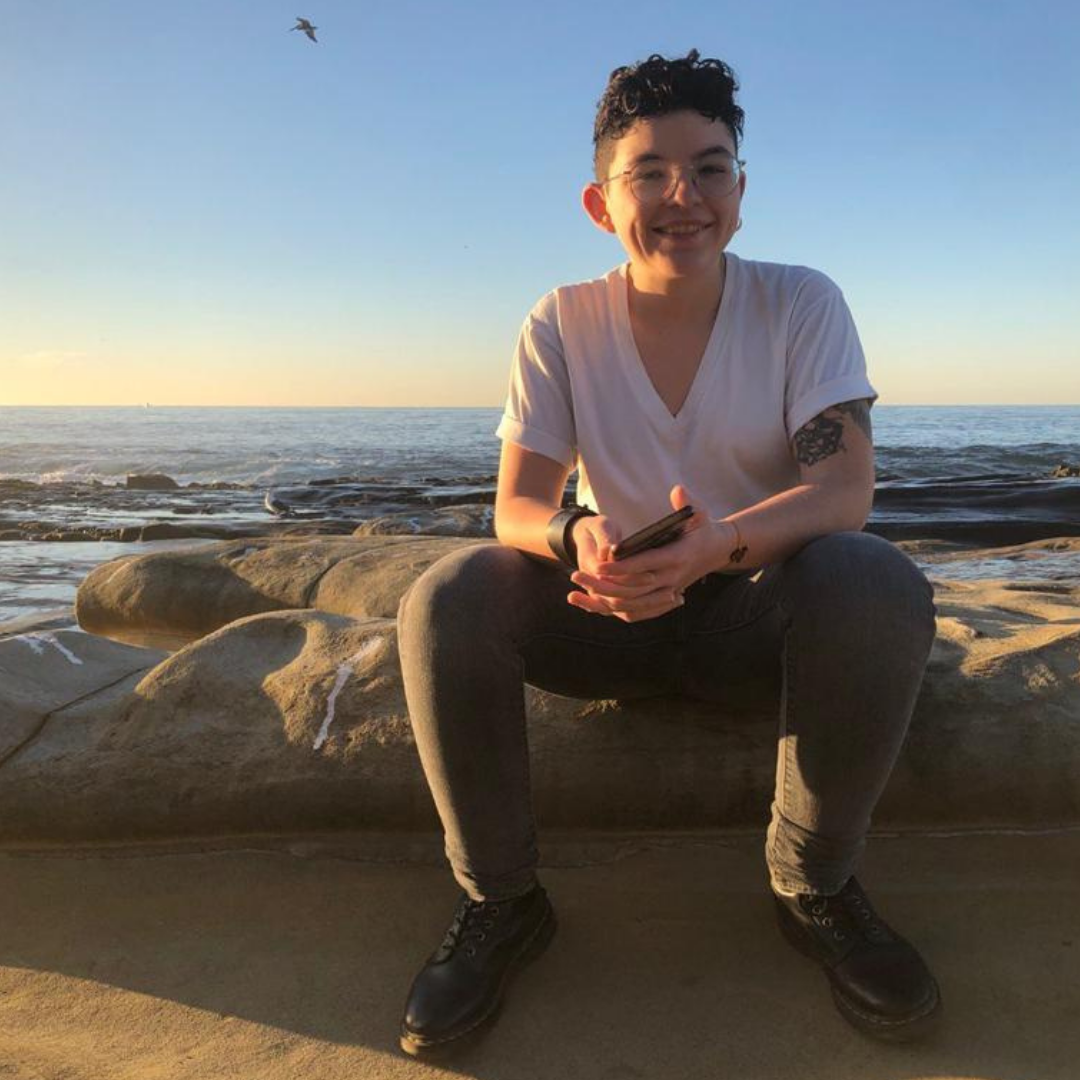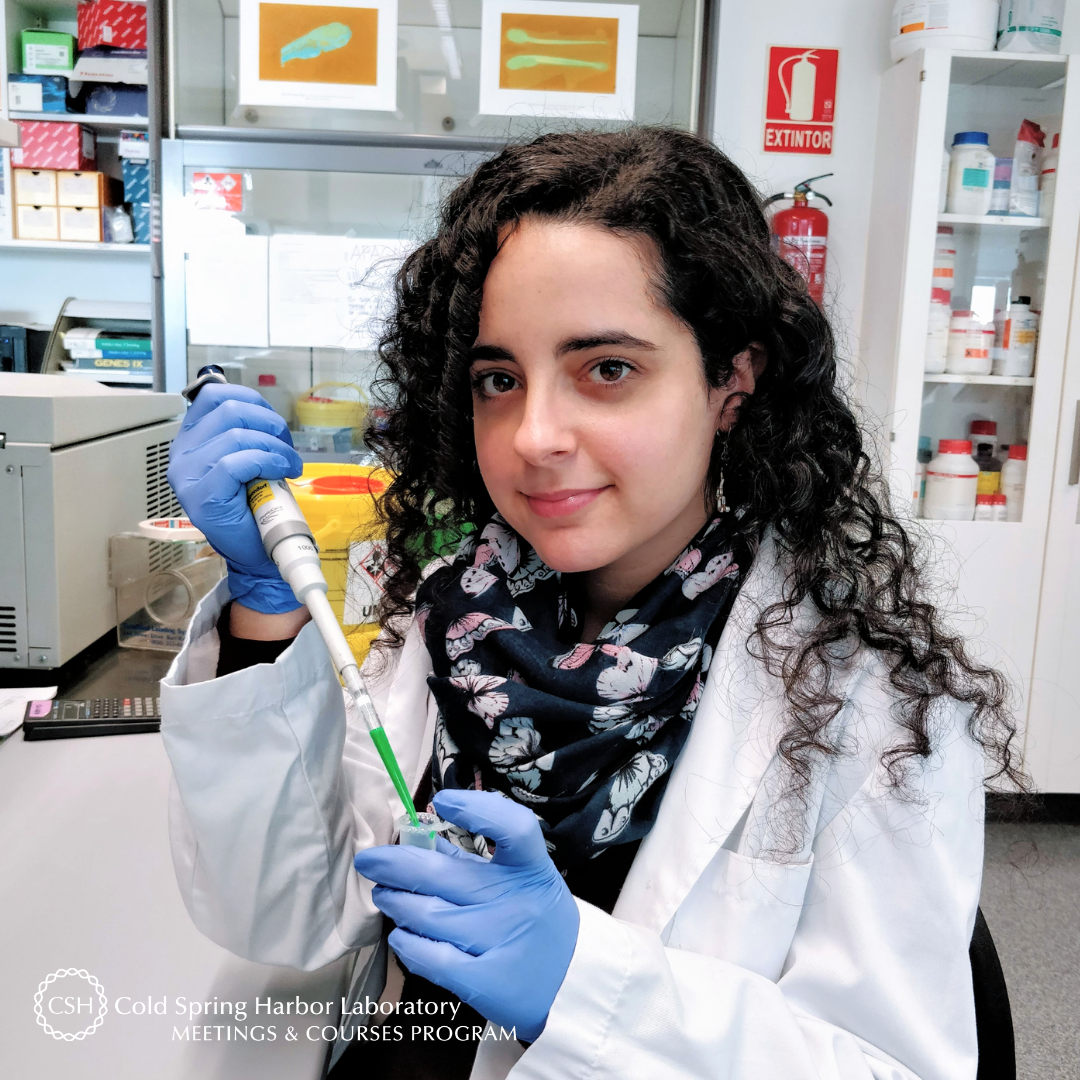Meet Judith Cristobal of the State University of New York at Buffalo! The Filipino citizen is postdoctoral associate in John Richard’s lab and is with us at 2022 course of Expression, Purification & Analysis of Proteins and Protein Complexes. This is second course Judith has taken through our program (the first one was X-Ray Methods in Structural Biology in 2017) and the first she’s taken since the pandemic. She shares that “[although] the advancements in technology greatly helped in making distance learning more accessible during the pandemic, in-person training is still invaluable in providing more hands-on experience on carrying out experiments and more collaborative work with instructors and peers in my field.”
Tell us about your research.
My research focuses on determining the role of a global, substrate-driven enzyme conformational change, in enabling the large rate acceleration of enzymes (GPDH and OMPDC) in catalyzing their respective reactions. My research aims to examine the protein–substrate interactions in enzymes by studying the effect of mutations on the critical amino acid residues that interact with the substrate. We also aim to provide insights into the mechanism for small molecule activation of enzyme activity that is analogous to allosteric activation, while enabling practical uses of chemical rescue in the activation of enzymes for catalysis.
How did you decide to focus on this area/project?
I have always been interested and fascinated by how enzymes carry out their respective biochemical reactions and how enzyme mutations or misregulations lead to disorders. Deeper understanding of the enzyme’s structure, properties, and mechanism is vital for drug discovery and development to treat diseases.
What and/or who is the inspiration behind your scientific journey?
My high school teacher inspired me to pursue a chemistry degree in college. Since then, I have the eagerness and motivation to be a part of the scientific community that works on projects with real-world implications for human health.
Where do you see yourself in five years?
I see myself being a part of a research and development (R&D) team of an industrial/pharmaceutical company that aims to search and develop small drug-like molecules for disease treatment.
What do you love most about being a researcher?
What I love about being a researcher is the chance for the endless pursuit of scientific knowledge. There are always new scientific areas to discover, new fundamental questions to answer, and new open doors to explore.
What drew you to apply to this course?
I have done experiments using traditional methods (IEC; SEC) for purification of GPDH using bacterial system (E. coli). I believe that this program will provide more insights on key approaches such as: a) protein expression in insect cells and mammalian cells; b) protein purification via various affinity methods; and c) protein characterization and analysis such as binding assays and post-translational modifications.
What is your key takeaway from the Course; and how do you plan to apply it to your work?
I learned a lot about protein purification techniques especially on proteins with Tags which I will be applying to purify His-Tag TIM and His-Tag AdK in our lab. The course also invited speakers who discussed cryo-EM and mass spectrometry which are powerful tools that provide valuable structural information for analysis of proteins and protein complexes.
What feedback or advice would you share with someone considering to participate in this course?
I highly recommend this course. There’s a vast array of proteins that needs to be studied and characterized and so taking this course provides course participants with a better understanding of purification protocols and strategies best suited to express and purify their protein of interest.
What’s the most memorable thing that happened during the Course?
The most memorable experience I had in the course is the “chalk-talk“ sessions. Each participant had a chance to discuss his/her research project and ask particular research problem(s) on which they need input. During each session, the instructors and the participants have collaborative conversations to provide the researcher new perspective and approaches on how to deal with his/her respective research challenges.
Is this your first in-person course/workshop since the pandemic? If so, any thoughts you’d like to share?
This is my first in-person course/workshop since the pandemic. Although the advancements in technology greatly helped in making distance learning more accessible during the pandemic, in-person training is still invaluable in providing more hands-on experience on carrying out experiments and more collaborative work with instructors and peers in my field.
What do you like most about your time at CSHL?
I like the quality time spent with the instructors, assistants, and fellow participants during the course breaks. I also enjoyed taking walks at the campus trails and beach front as well as seeing the rich historic architectures all around the campus.
Thank you to Judith for being this week's featured visitor. To meet other featured researchers - and discover the wide range of science that takes part in a CSHL meeting or course - go here.
Images provided by Judith Cristobal































